Sky terriers are a fairly rare breed of dog, first introduced in the British Isles. Nowadays, few can boast of acquaintance with them. This dog has a truly toy appearance, but under it are hidden real defenders, formidable guards for their master.
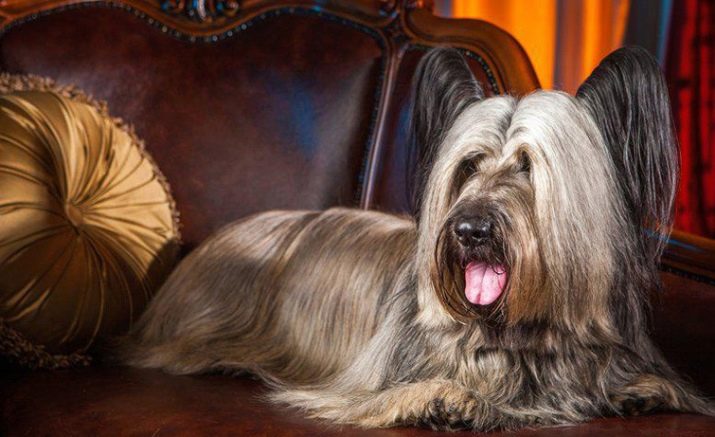
Origin history
The first mention of dogs of the Skyterrier breed appeared on the island of Skye, which is part of the Hebrides group - that is how the animal got its name. According to historical data, Spanish travelers brought there small dogs with rather long hair, and already the natives began to actively breed the dog with the local terriers. This is exactly how sky terriers appeared.
A full description of the breed was first made in the XVI century. It was given by the well-known dog handler John Caius in the book "On the Dogs of England".
He said that in ancient times these unusual animals were bred for hunting - They worked great for badgers, ferrets, foxes and many other burrowing animals.

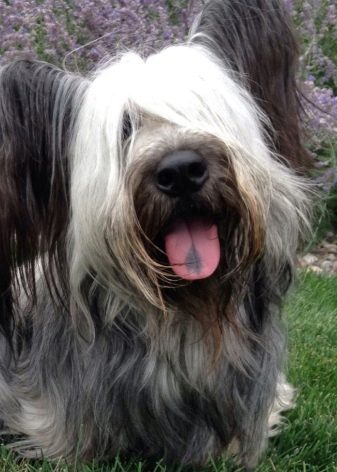
After years, the skies came to England, where they quickly became one of the most popular breeds. Queen Victoria made a great contribution to their distribution, who, admiring the unusual appearance of the dogs and their performance, created in 1842 several kennels for breeding these dogs.
The shocks of the first decades of the last century did not go unnoticed by the skaterrier population - already after the First World War, the number of animals sharply decreased, but in the 30s the number of animals began to increase again - this was possible only thanks to the efforts of enthusiasts who gave all their strength to continue the breeding development of these dogs. Gradually, the breed came to America and Japan, where it was rated very highly. In 1959, the animal turned out to be in Moscow, but did not receive much distribution - in our time in Russia there are very few dogs of this breed, however, as in European countries. According to 2010 statistics, skyters were in 160th place in the number of registration of newborn puppies, while there are only 167 breeds in the official list.
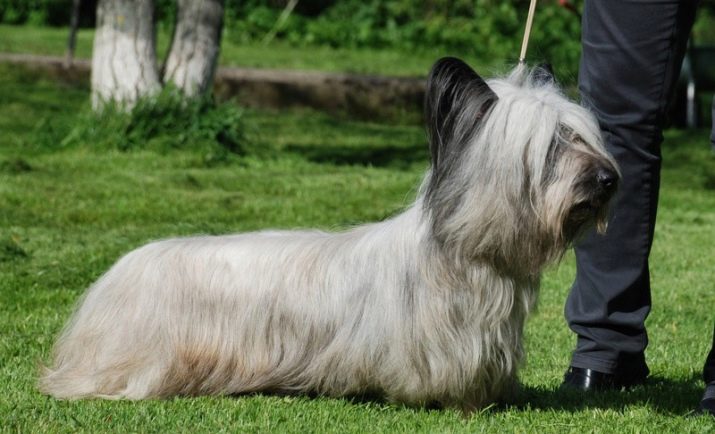
At present, dog handlers are making a lot of efforts to popularize the breed, to attract the attention of breeders and exhibition organizers.
This is interesting: in Scotland, in the city of Edinburgh, a monument to the skaterrier is erected - he was erected in memory of the faithful dog named Bobby.
There is an amazing and sad story about this animal - when the owner died in the dog, the dog refused to eat or drink for two weeks, came to the grave of its owner and died without leaving it. There he was buried, so that after life, the dog could connect with his beloved master.
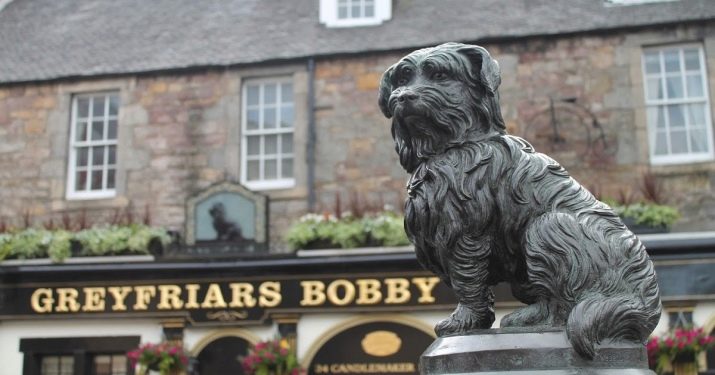
Breed description
At first glance, the dogs of the Skyterrier breed make the most pleasant impression. This is a very elegant and graceful dog that looks like a small squat dog with short legs and a slightly elongated body. In accordance with the official standard, his body is decorated with rather long flowing hair, which often falls on the eyes of animals - but this does not prevent the dog from being perfectly oriented on the ground.
Sky terriers have a sharp look and a sensitive ear.
The overall portrait of this cute pet is complemented by a black nose and a “smiling” muzzle. The past of the hunter today is far behind the skies, but today it is rather a companion dog and a favorite of the public - a cute and well-groomed dog that wins the hearts of others with devotion and exceptional beauty.
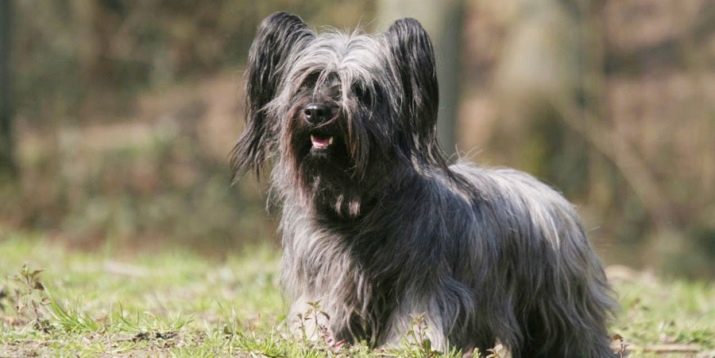
Sky terriers are classified as small terriers. In accordance with the breed standard, the animal is distinguished by:
- large and slightly elongated head;
- muzzle of a classic "terrier" type in form;
- small ears with a fairly high set, covered with thick hair, erect;
- scissor bite;
- the nose is dark gray, almost black;
- the eyes are not small, but also small, the shape is oval, the color of the iris depends on the color of the coat and can vary from light to dark shades of brown;
- neck of medium length;
- elongated torso;
- body length reaches 1 meter;
- sternum oval;
- fore and hind limbs straight, shortened, muscular and well developed;
- the coat is smooth, elongated, thick soft undercoat;
- suit can be monophonic or tan;
- coat color can be gray, blue (blue), black, white or red;
- males in height reach 27 cm, body weight approaches 11 kg;
- bitches are lower - their growth does not exceed 22 cm, and weight - 8 kg.
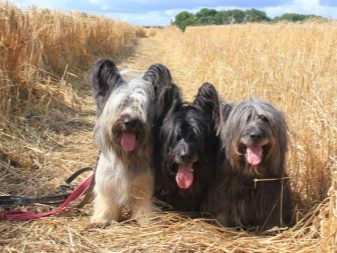
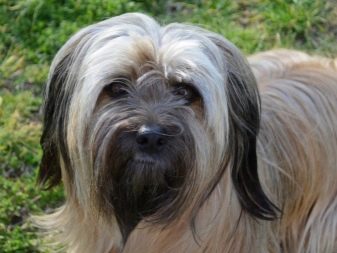
Character
This funny dog has character traits typical of terriers - dogs are strong, independent, very brave and careful at the same time. These pets are desperately devoted to their master with all their souls, but it’s not so easy for people to win the favor and love of such a dog; he does not freely give it to them. The skaterrier is very selective in matters of personal sympathy and the choice of whom he will serve, but as soon as he makes his choice - his devotion will be comprehensive. As a rule, they take one family member as the owner and follow on his heels like a shadow, but at the same time they treat the rest of the household with exceptional respect.
If a skaterrier is brought up in a house with children from early childhood, he will be friendly to the kids.
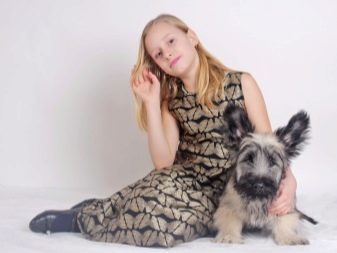
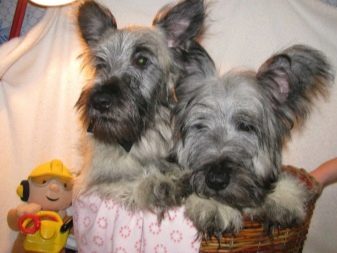
In relation to strangers, this dog is restrained, even shy, therefore, the socialization of the animal from the very first days of life is of fundamental importance. This dog will never tolerate if it is picked up and squeezed by someone other than the closest people. From the first days of life, it is very important to teach the dog obedience and discipline, since the independent nature of the animal in the absence of training will make the dog simply uncontrollable. Sky is sensitive to reprimands, but he will never show humility.
Dogs of this breed will become an attentive guard for their home, and for the owner - an excellent protector.
The skaterrier has average physical activity requirements, so the animal needs daily walks. Dogs really excelled at tracking and agility exercises.

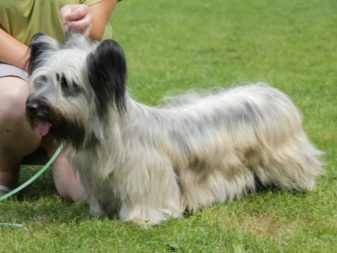
These funny pets are very cheerful and friendly, but despite this, they are quiet and docile in the house, able to sit near their master for several hours.
Dogs coexist quite peacefully with other pets, especially with other dogs.
The only exception is rodents - at the sight of these animals the voice of distant ancestors makes itself felt and a hunting instinct awakens in the skies.
In general, sky terriers can be described as loyal, loving and idolizing companions to their master, who are serious, funny, funny and quiet. In any case, the attention of the person and reciprocity are important to him.
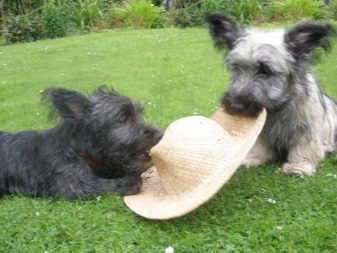
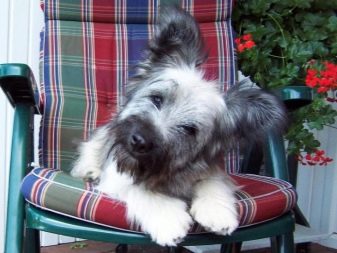
Life span
The northern origin of sky terriers gave the dog of this breed strong immunity and excellent health. In favorable conditions they live quite a long time - up to 20 years. Nevertheless, these dogs, like many others, are prone to some hereditary and acquired diseases:
- pathologies of the musculoskeletal system - most often become the result of a sedentary lifestyle;
- diseases of the gastrointestinal tract - occur when the dog is not properly organized;
- skin inflammations - often occur in pets with insufficiently competent care for the animal’s hair or with an unbalanced diet of the dog.
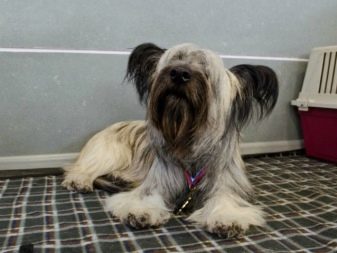
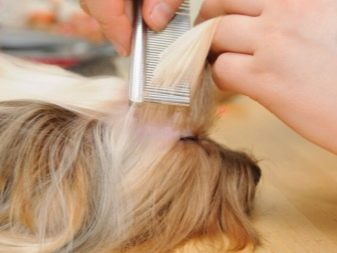
Conditions for keeping
Due to their small size and moderate need for activity, skyrerers can be kept both in a private house or in a small city apartment. But at the same time, not every person can become its owner.
The fact is that this dog will only obey the person who will be its authority, so the owner must be a strong spirit and self-confident person.
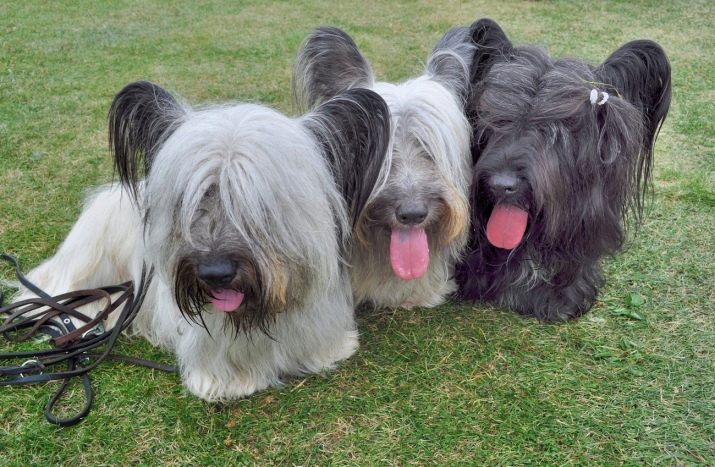
The animal is suitable for athletes and people leading an active lifestyle, it will be happy to accompany its owner during walks and morning runs. But noisy families, in which the household does not have time to raise a dog and a full-fledged walk, should give preference to other breeds. Sky and the child will not be suitable as a toy, since the animal is unlikely to like the constant desire of the kids to play, touch and mash the pet, and this dog is also not suitable as an interior decoration.
It is not recommended to purchase the breed for the elderly, as well as those who prefer to wallow all day on the couch in front of the TV.
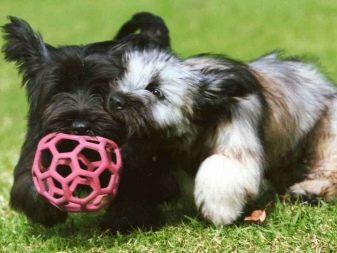
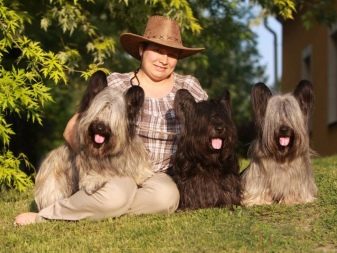
What to feed?
Please note that feeding the skaterrier should be done from the stand, which, as the animal grows, needs to be raised - this will help develop the correct posture of the animal.
Young dogs are often fed, but in small portions, while making sure that the belly of the pet does not swell from the feed, and the baby himself, even after eating, remains prone to games. Until the puppy reaches 2 months of age, he is fed 5-6 times a day, then the number of feedings is gradually reduced, so that by six months he will transfer the pet to 2 meals a day.Usually in the morning they give lighter food - for example, kefir with crackers, cottage cheese or cereals, and for dinner they offer a dog mix consisting of meat, vegetables, cereals, eggs and greens.
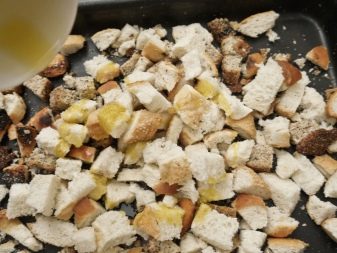
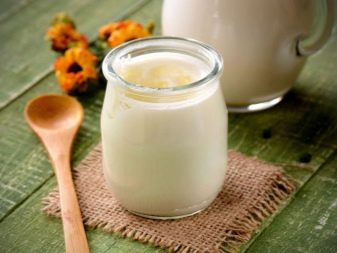
The meat should be low-fat - beef, veal, rabbit or horse meat, a couple of times a week is allowed to use high-quality offal (liver, heart, jelly from chicken legs). Meat products can be given raw, but if you can’t be 100% sure of their freshness, it’s better to boil or stew them first. Fatty lamb and pork should not be included in the menu - this will have the most adverse effect on the dog’s stomach and pancreas.
In no case should you give bones, do not include poultry meat in the menu - it often causes an allergy in a dog.
We draw attention to the fact that minced meat is usually poorly digested by puppies, therefore it is advisable to give meat products finely chopped.
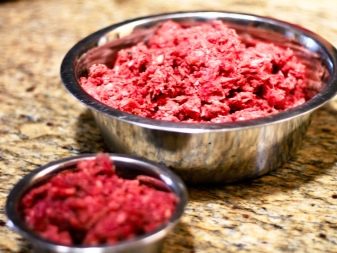

Meat should make up about 70% of the dog’s diet, the remaining 30% is from other products.
- Fish. Preference should be given to low-fat varieties - hake or cod. River fish should not be given, it contains small bones and is often affected by helminths.
- The eggs. It is allowed to include in the diet 1-2 yolks of a chicken egg per week or one quail egg per day.
- Dairy products. Milk itself can only be given to puppies for up to two months, then it ceases to be absorbed by the animal’s body. After this age, preference should be given to low-fat cottage cheese, kefir or yogurt.
- Porridge. Skaters are usually given Hercules, as well as boiled buckwheat or rice, corn grits and wheat are poorly absorbed in the dog’s stomach, and barley is not digested at all.
- Vegetables are very important for the full growth and development of the dog, it is best to offer skay grated carrots, as well as cabbage and necessarily fresh herbs (parsley, dill or celery).
- If the dog treats fruits well, then you need to include them in the dog’s menu if desired.
- It will be useful to add a little vegetable oil to the mixers - it improves the condition of the animal’s coat.
- Seaweed, which is rich in B vitamins, does not hurt - the product helps strengthen immunity, enhances the growth and luster of the coat.


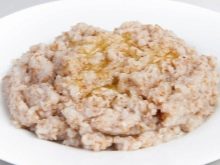
If you are going to feed your pet dry food, then you should give preference to premium, super-premium or holistic products - they are made from the highest quality meat, contain a balanced composition and are enriched with all the necessary vitamins and minerals. The feed from the economy category contains a high content of preservatives, flavor enhancers and flavorings.
Do not give dogs food from their table, as it is prepared using seasonings, pepper and salt, which is categorically unacceptable for dogs.


Too liquid soups are also better to exclude, dogs do not perceive fatty, flour products, sweets of all kinds, marinades and pickles.
A dog’s daily diet for up to 6 months should be approximately 1/25 of the animal’s body weight, after 6 months - 1/20.
It is very important for the dog to receive vitamins and minerals, especially in spring, winter and late autumn - usually veterinarians recommend complex preparations.
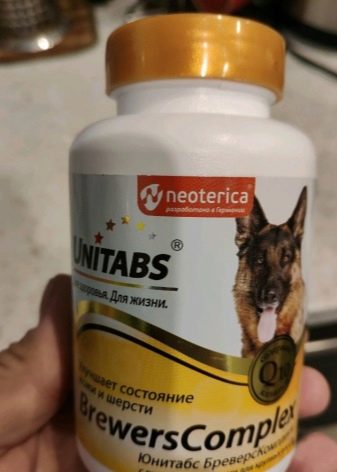
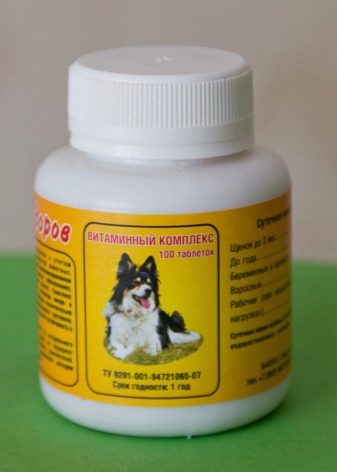
How to care?
It’s quite easy to take care of dogs of the Skyterrier breed, as these animals are unpretentious in food and grooming. The main thing that is required of the owner is to pay careful attention to his coat, the condition of his eyes, ears and claws.
The outer layer of each hair on the cover of the dog reaches 15 cm. The hair on the head is also long, as it is intended to protect the organs of vision. In order for the pet’s hair to always look well-groomed, it should be thoroughly combed 2-3 times a week, and during moulting it must be done every day.
It is best to use special brushes with metal teeth.
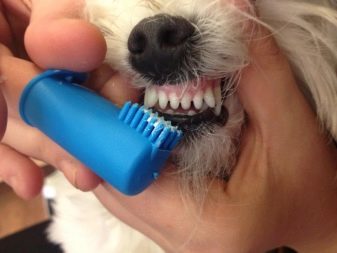

From time to time, you need to trim the animal, slightly shortening the hair to facilitate further care for them.
It is imperative to cut the hair between the fingertips of the animal.
Skaters are bathed once a week, for this you need to use special shampoos and conditioners of the highest quality - the use of human detergents is unacceptable.
The dog’s ears should be examined at least once a week for inflammation, trauma and ear discharge, the inside should be turned with a veterinary lotion or a weak solution of boric acid. Eyes periodically rubbed with chamomile infusion. The claws of the animal, as a rule, grind on their own, but if the dog walks mainly on soft ground, they will have to be cut off as they grow.
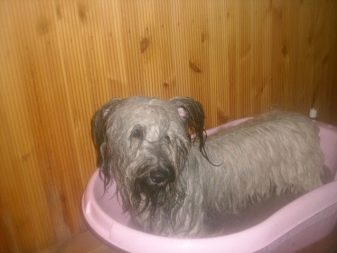
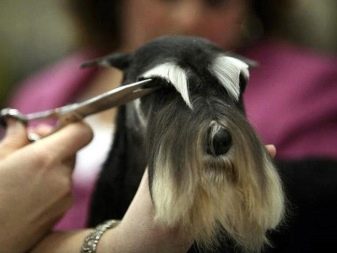
Parenting and training
The independence and exceptional activity of the breed of sky terriers makes some breeders think that these dogs are not trained and are absolutely uneducable - but this is not true.
The main advice that experienced dog handlers give newly-minted owners is to be patient and persistent, only in this case sky will understand that you do not intend to give up.
As soon as awareness of this fact comes to the dog, the ability to learn will immediately appear. It is very important to be persistent when raising an animal, but at the same time to act gently and respectfully, in no case should your demands be combined with loud screams or even more violence against the animal.
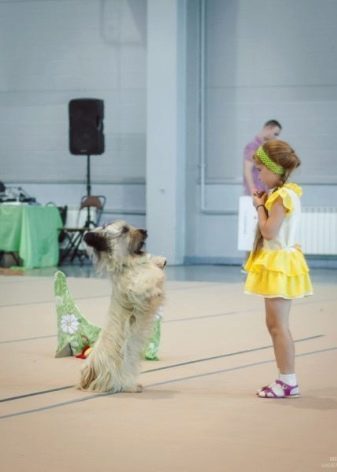
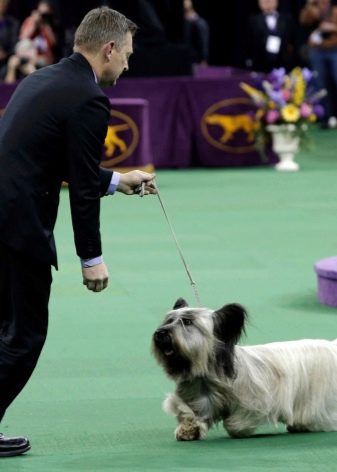
But one cannot be too malleable either - the skies are very smart by nature, and they quickly calculate at what point the owner can give “slack”.
In this case, the dog gets out of control very quickly.
As a rule, training boils down to studying the main teams, as well as to dog sports - sky terriers can develop tremendous speed and jump obstacles up to one and a half meters high - it is not by chance that these dogs have long become recognized agility champions.
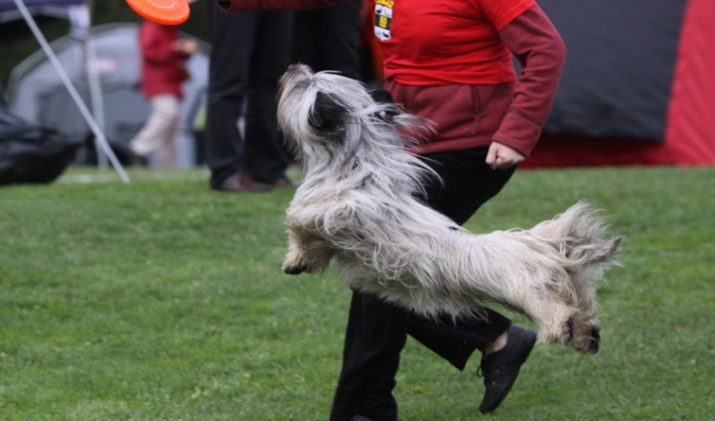
See below for more on breed features.








































